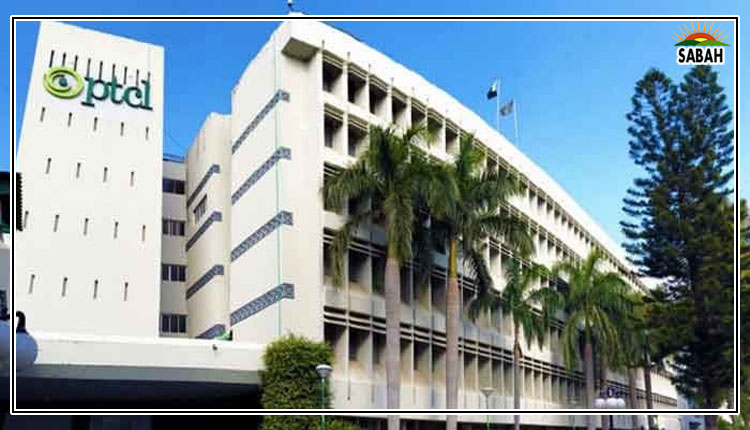The privatization dilemma…Sarmad Khawaja
When you hear senior government officials declaring repeatedly that business is not the business of the state you can tell they are not just wrestling with the problem: what do you do when the news is bad on just about all economic fronts; they are, as well, signalling their baseline belief in free market orthodoxy and their determination to follow a pro-business handbook.
Figuring out how best to push economic growth these days is, undoubtedly, a real policy issue. But does privatizing profitable state companies achieve this purpose? Or is the government just dead-set on privatizing them? This, it seems, is quite the case though its reasons for doing so, as on the privatization commission website, cut no ice: Privatization will improve the relative efficiencies of all sectors through the promotion of alternative choices, competitive pricing, technological updating and improved services.
Put simply, this means that somehow state ownership of companies casts an evil spell on them or, in economic jargon, they are intrinsically inefficient. And the spell is exorcised by giving them to private players, which is absurd because it is hard to see what magic the private players serve. Yet, the prevailing storyline is that state companies must be an utter disaster and burden the national budget, and not privatizing them means continuing economic malaise. Which veers far from reality. And people tend to see what they believe, even if it is not always real. But more on why peoples perceptions are so skewed later.
Presently, let us figure out the reality of privatization, and see what it gives us? Well, the reality does not sync with the privatization storyline. For example, privatizing Pakistan Telecommunications Company (PTCL) in 2006 made us poorer. Here is the evidence: during January-March this year PTCL lost Rs4.8 billion. But before privatization, it was hugely profitable: its profit in 2005 was Rs39 billion. It was no fiscal burden; it was a national champion a leading telecommunications player in Asia. It paid Rs5.2 billion in taxes and its share sold for Rs70 per unit. Now, its share sells for less than Rs15 (April 25).
Since the state that is: we the people of Pakistan still owns 3.17 billion shares or over three-fifths of PTCL, the decline in its shares price alone makes us poorer by Rs174 billion.
You cant square such damage with the privatization storyline. Neither does the privatization storyline bear resemblance to another two state companies to be privatized: Oil and Gas Development Company (OGDC) and Pakistan Petroleum Limited (PPL). The numbers tell that both companies are hugely profitable: last year, their after-tax profit was Rs321 billion more than the Benazir Income Support Programmes entire budget last year. And in the past seven years they gave a profit of Rs1.2 trillion.
Simply put, OGDC and PPL, as PTCL before privatization, are like the proverbial goose that lays golden eggs. If you mess them up, like Aesops halfwit, to get all the golden eggs at once, it will only make us poorer. So, when the question is which to believe the privatization storyline or reality the reality has it: you must judge a policy by what it delivers.
But that does not seem to stop the government from selling them. Evidence and public interest do not matter. And choosing not to learn from PTCLs experience only means the privatization storyline supersedes both. And free market orthodoxy rules the roost.
Yet, the question remains: if the profitability of PTCL, OGDC and PPL is so obvious, why are peoples perceptions about state companies so skewed? Why are they getting their fundamental interests so wrong? Perhaps, because the much-hyped storyline that all state companies must be an utter disaster and burden the national budget has settled deep in their minds abetted by a complicit media, which side-steps the negative and amplifies the storyline.
And these days stories shape everything in Pakistan. And a properly-hyped one that makes the government look tough-minded and earnestly fighting budget deficits persuades more than the facts or reality. This also explains why loss-making PIA makes the headlines, and OGDCL and PPL are peddled alongside it without anyone noticing the difference. Nevertheless, whatever the public perception involved, at this point we have enough facts in hand to lay bare the flaws in the privatization storyline and ferret out the real goals of the governments privatization effort.
In a broader context, this means that the states business is not to peddle state companies. It is to make them stronger and grow the economy with bold investments, by building factories, dams, schools, hospitals, roads, and infrastructure. We need such investments to firm up our economic backbone, and because invest-and-grow economics increases productivity and employment.
Courtesy The News











